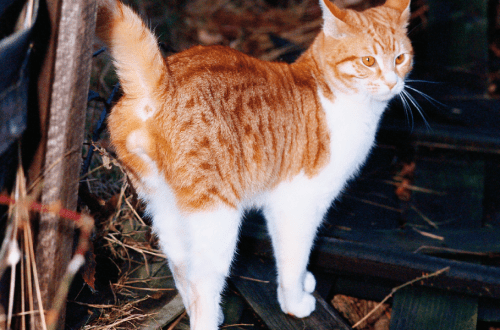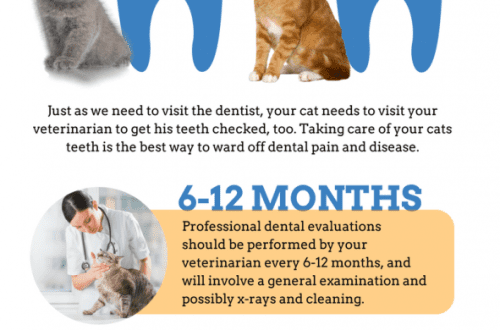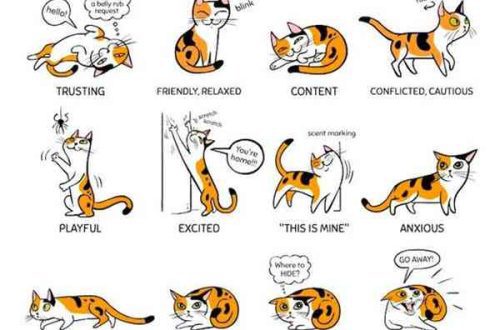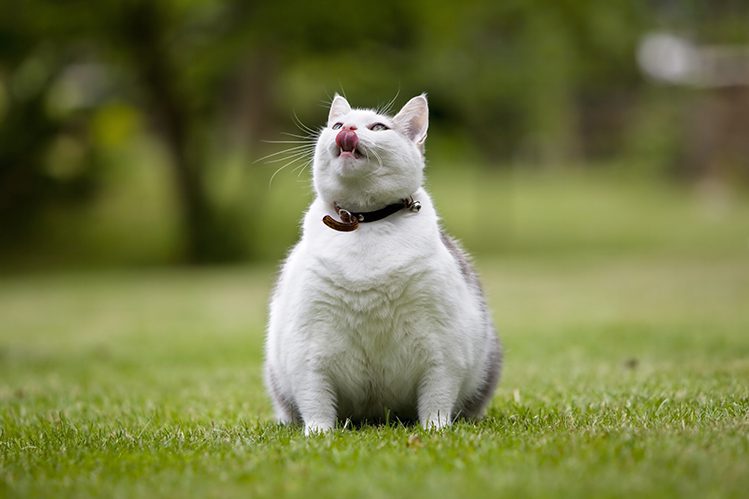
Obesity in cats: how dangerous is it?
Overweight in domestic cats is a common problem. If wild cats in nature cover great distances every day and hunt, then pets chained outside the apartment move much less. Lack of physical activity combined with an unbalanced diet leads to weight gain. And while their “chubby” pets seem cute to many owners, the harm of obesity cannot be underestimated.
Obesity in a cat does not appear out of nowhere. Usually the pet gains weight gradually. And if you do not start fighting the problem on time, his health will be in jeopardy.
Being overweight can be a hereditary, genetic disease or a consequence of a serious illness, but these are only isolated cases. Most often, a sedentary lifestyle and unhealthy diet lead to extra pounds. Sterilized pets are also at risk, because. Hormonal changes are often accompanied by weight gain.
Excess weight in a cat provokes serious diseases, some of which are irreversible. These diseases include:
heart failure,
urolithiasis disease,
diabetes,
diseases of the musculoskeletal system,
metabolic disease,
digestive disorders.
According to statistics, every third cat suffers from urolithiasis. Heart failure is also a common and, unfortunately, irreversible disease that affects the quality of life of a cat.

To keep your cat in good physical shape, provide her with optimal physical activity (toys and active games will help), maintain a proper diet and monitor her health. Regular home examinations and periodic examinations by a veterinarian will help to do this.
Treatment for a cat is prescribed by a veterinarian. The fight against obesity is usually based on a special diet and optimal physical activity.
There are special foods for cats with obesity. They help reduce excess body weight and maintain good physical shape. Medicated grain-free diets (such as Monge Grain Free Vetsolution Obesity) are easy to digest and do not cause food intolerances. The feed may contain xylooligosaccharides that regulate the intestinal microflora and increase immunity, which is very important in the fight against excess weight.
Proper diet is the main treatment. It allows you to maintain the optimal weight of the animal in the future. The main thing is to observe the norm of feeding, do not overdo it with treats and do not violate the recommendations of the attending physician.
When it comes to physical activity, its intensity is different for each cat. It depends on the breed and individual characteristics, on the state of health. Your veterinarian can help determine how active your pet’s life should be.
The top 5 toys for active cat play include:
irritants,
laser pointer,
tracks with balls or feathers,
clockwork toys,
cat towns with different levels of height.
With a personal jungle at home, getting in shape is easy!
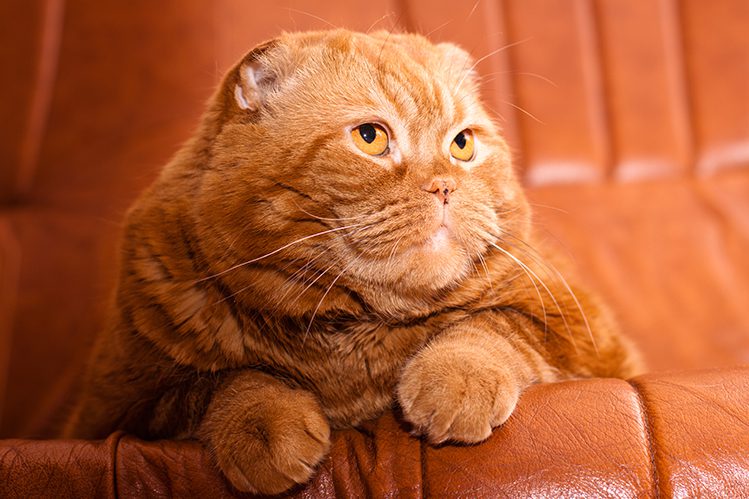
If the cause of obesity is hereditary, genetic, or if another disease has led to the problem, treatment will be based on other methods.
Take care of the health of your pets, and let them be healthy!



